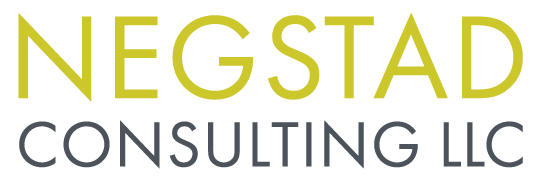
5 minutes with lisa
Welcome to my blog! Five minutes with Lisa is your chance to get quick bursts of some of my best thinking. You might also enjoy downloading my free leadership resources.
5 Minutes on One-on-One Conversations
One-on-one conversations between a supervisor and supervisee are an important part of building a strong, working relationship based in trust and communication. They are your best opportunity for guidance, support, providing/receiving feedback, collaborating, listening, problem solving and going deeper.
5 Minutes on Turnover And Retention
Turnover rates are high. In fact, in the nonprofit sector the voluntary turnover rate is nineteen percent. This is higher than the labor market as a whole, which has a turnover rate of twelve percent. This is alarming for a few reasons.
5 Minutes on How To Help With Burnout
As Adam Grant so wisely puts it, “The core of burnout is emotional exhaustion – feeling so depleted and drained, you just don’t have anything left to give your job.” I’m guessing many, if not most of us, have been there at some point in our lives, if not in the last few years.
5 Minutes on Meaningful Employee Self-Evaluations
Whether you are an employee or a supervisor, you might be rolling your eyes when I mention employee self-evaluations. Fifteen to twenty years ago, when self-evaluations were all the rage and being added to performance evaluations, they often missed the mark.
5 Minutes on Feedback Support
Chances are, you, like me and most people I know, struggle at times to give and/or receive feedback. I’ve been there when receiving hard feedback. The shock. The uncomfortable laugh. The defensiveness. Recovering from the hurt. Taking it all too personally.
5 Minutes on Transitioning to Performance Learning
There are a lot of reasons to make the shift from an annual performance evaluation to Performance Learning. But here’s the real heart of the matter: Annual performance evaluations are a static tool.
5 Minutes on Why We Should Drop Annual Performance Evaluations
We have known for a long time now that annual performance evaluations don’t actually help with performance. In fact, most managers and employees are dissatisfied with their performance review systems.
5 Minutes on the Four Truths
The Four Truths model, created by the Human Systems Dynamics Institute, helps us see four ways people see the truth of situations. These different perspectives can influence our action and the behavior of those around us.
5 Minutes on Taking The Hierarchy Out Of Decision-Making
Hierarchy is what we know. It’s how most of our organizations, teams and systems are set up. It is big and entrenched. So while we might agree it’s time to move away from hierarchy, at least in part, it’s hard to know where to begin. Let’s begin with one thing. Decision-making.
5 Minutes on Creating A Brave Space
Many of us have been a part of a team process to create a safe space by establishing team agreements. The whole team, the system, works together to develop rules for how they want to behave together. But when we want to make our safe space a brave space it’s important to put extra emphasis on HOW we communicate with each other.
5 Minutes on Safe Spaces VS Brave Spaces
You’ve likely heard of creating safe spaces. This can seem cutesy or vague, but what it really means is creating psychological safety among team members to say what they really think and feel.But what happens when our safe space practices are too focused on keeping everyone comfortable? Why do we need brave spaces rather than safe spaces?
5 Minutes on Communicating Organizational Information
I love teaching the supervisor competencies I include in my trainings. There are 15 of them and I thought we’d take 5 minutes to dive into one - communicate organizational information to the team.
5 Minutes on Finding Patterns
Finding patterns takes practice and is definitely more art than science. I want to walk you through an example of what it might look like.
5 Minutes on Patterns Rather Than Solutions
The reality is that so many of the problems we face today are unsolvable. There is too much we don’t and can’t know. What are we to do? There is certainly no lack of problems. Let’s explore what it means to find patterns rather than solve problems.
5 Minutes on Leading With Inquiry
Leadership training and development is often based on the idea that we can predict the future. If we just get enough information, or the right information, and organize it and analyze it, we can find cause and effect.
5 Minutes on Balancing Task, Relationship, And Process
Task, Relationship, Process. There has been a lot of use of this framework, originally created by Jehn as an intragroup conflict scale in the 90s.


















